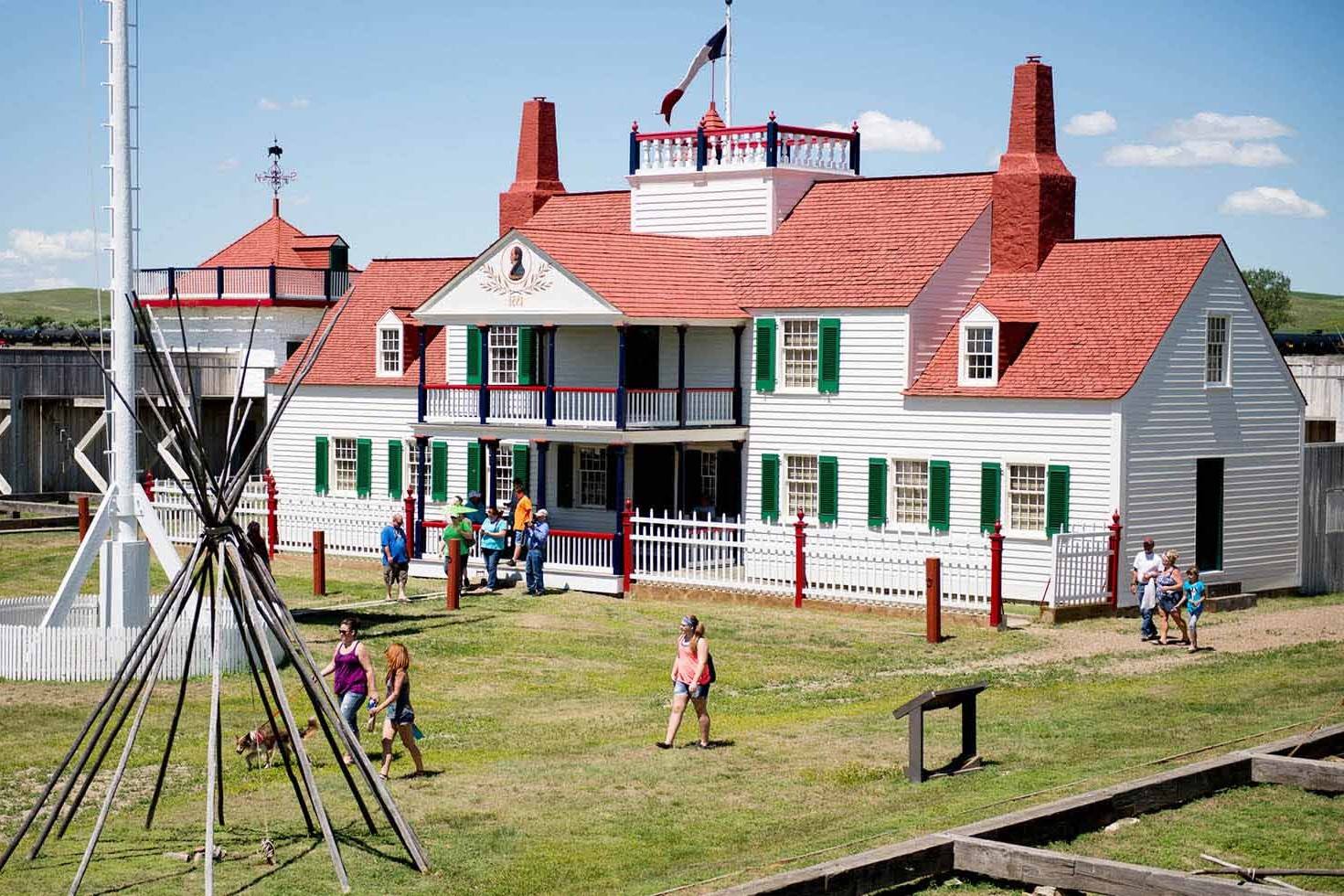Hidden Fur Trading Posts Of North Dakota’s Fort Union

Have you ever wondered about the hidden history of fur trading posts in North Dakota? Fort Union, one of the most significant trading posts in the region, played a crucial role in the 19th century. Located near the confluence of the Missouri and Yellowstone Rivers, this site served as a bustling hub for trade between Native American tribes and European settlers. Traders exchanged goods like beaver pelts, buffalo hides, and other valuable furs for items such as guns, blankets, and beads. Today, Fort Union stands as a testament to this rich history, offering visitors a glimpse into the past. Let's delve into the fascinating stories and secrets of this historic site.
Hidden Fur Trading Posts of North Dakota's Fort Union
Fort Union Trading Post, located on the North Dakota-Montana border, was a bustling hub for fur trading in the 19th century. While the fort itself is well-known, several lesser-known trading posts in the area played crucial roles in the fur trade. Let's uncover these hidden gems.
1. Fort Buford
Fort Buford, established in 1866, served as a military post but also facilitated fur trading. Located near the confluence of the Missouri and Yellowstone Rivers, it became a key spot for traders and Native American tribes.
- Historical Significance: Fort Buford witnessed the surrender of Sitting Bull in 1881.
- Activities: Visitors can explore reconstructed buildings and learn about the fort's history through guided tours.
2. Fort Berthold
Fort Berthold, established in 1845, was a significant trading post for the American Fur Company. It was located near the present-day Fort Berthold Indian Reservation.
- Cultural Exchange: The post was a melting pot of cultures, with traders, trappers, and Native American tribes interacting regularly.
- Modern-Day: Today, the area is home to the Three Affiliated Tribes, preserving the rich history of the region.
3. Fort Clark
Fort Clark, built in 1830, was another important trading post along the Missouri River. It was named after William Clark of the Lewis and Clark Expedition.
- Trade Hub: The post was a bustling center for trading buffalo robes and other furs.
- Archaeological Site: Visitors can explore the remains of the fort and learn about its history through interpretive signs.
4. Fort Mandan
Fort Mandan, constructed by the Lewis and Clark Expedition in 1804, also served as a trading post. Located near present-day Washburn, North Dakota, it played a crucial role in the expedition's success.
- Historical Relevance: The fort was where Lewis and Clark spent their first winter and gathered crucial information from Native American tribes.
- Reconstruction: A replica of the fort stands today, offering visitors a glimpse into the past.
5. Fort Stevenson
Fort Stevenson, established in 1867, was primarily a military post but also engaged in fur trading. It was located near present-day Garrison, North Dakota.
- Strategic Location: The fort's position near the Missouri River made it an ideal spot for trading.
- State Park: Today, Fort Stevenson State Park offers recreational activities and historical exhibits.
6. Fort Rice
Fort Rice, built in 1864, served as a military post and trading hub. It was located along the Missouri River, south of present-day Bismarck.
- Military and Trade: The fort played a dual role, protecting settlers and facilitating trade with Native American tribes.
- Historic Site: Visitors can explore the remnants of the fort and learn about its history through interpretive displays.
7. Fort Abraham Lincoln
Fort Abraham Lincoln, established in 1872, was a military post that also engaged in fur trading. It is located near present-day Mandan, North Dakota.
- Custer's Last Stand: The fort was the starting point for General Custer's ill-fated expedition to the Battle of Little Bighorn.
- State Park: Today, the fort is part of a state park, offering historical tours and reconstructed buildings.
8. Fort Totten
Fort Totten, built in 1867, served as both a military post and trading center. It is located near present-day Devils Lake, North Dakota.
- Cultural Significance: The fort played a role in the interactions between settlers and Native American tribes.
- Historic Site: Visitors can explore the well-preserved buildings and learn about the fort's history through exhibits and tours.
Discovering Fort Union's Hidden Gems
Fort Union's hidden fur trading posts offer a unique glimpse into North Dakota's rich history. Exploring these sites, you can almost hear the bustling trade and feel the vibrant culture that once thrived here. The fur trading posts were more than just places of commerce; they were hubs of interaction between diverse groups, including Native American tribes and European traders.
Visiting Fort Union today, you can walk through reconstructed buildings, see artifacts, and learn about the daily lives of those who lived and worked there. It's a chance to step back in time and appreciate the complexities of early American trade and relationships.
Whether you're a history buff or just looking for an interesting day trip, Fort Union's hidden gems are worth the visit. They offer a tangible connection to the past and a deeper understanding of the region's heritage.

